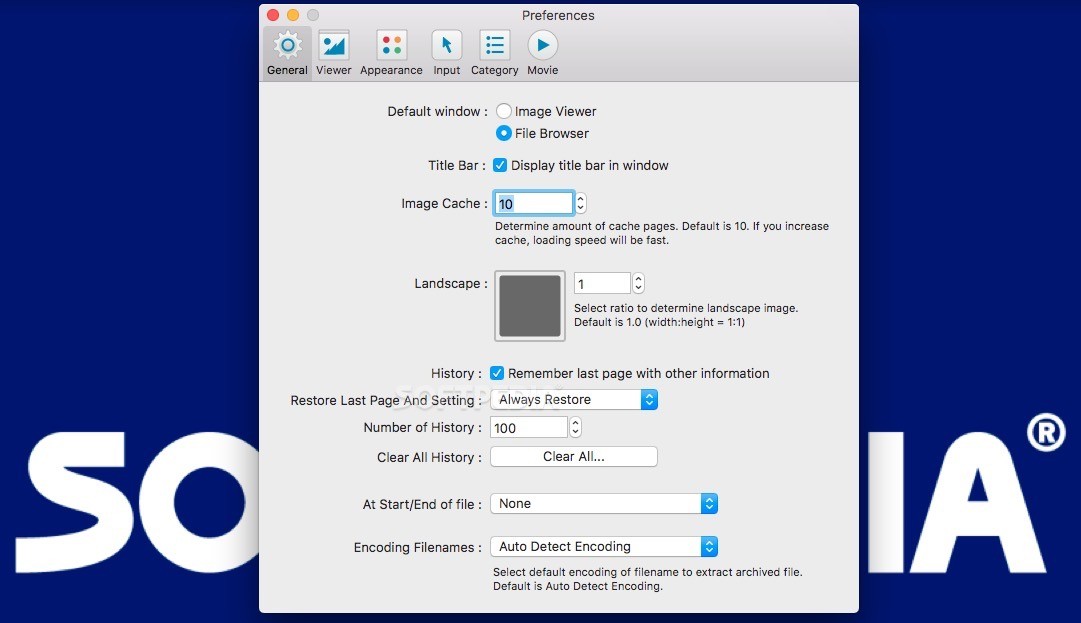

Thus even if the dispatcher server is compromised, the EdgeView messages can not be modified or viewed. All the messages inside the EdgeView session is either authenticated or encrypted bidirectionally with a random 'nonce' which is created when the JWT token is generated by the controller. The remote user needs to acquire the same JWT token in order to establish an EdgeView session into the device or applications for troubleshooting or management.īoth the device and the user's laptop connect to the dispatcher, defined in the JWT token, through HTTPs session with TLS encryption. When the token expires, the EdgeView session, which connects to the dispatcher, will be torn down. The token has an expiration time which is defined by the controller for this session. The token is signed by the controller and verified by the EVE device when it receives the EdgeView configuration from the controller. See EdgeView Policies for details.Ī JWT token is generated when the EdgeView session is enabled for the EVE device. The configuration also defines access policies for this particular session. EdgeView configuration is part of the EVE device configuration. 4) What is EdgeView Security Mechanismįirst of all, to enable EdgeView on an EVE device to allow users remote access into it, the session needs to be allowed and enabled on the controller side. An Edgeview Client Script will be downloaded onto the user's laptop. run 'chmod u+x ').įor the ZCli implementation, by issuing 'zcli edge-node start-edgeview ' to enable the EdgeView on the device.
EDGEVIEW DOWNLOAD
After it is started, the 'Download Script' button can be used to download the EdgeView Client Script (the user may need to change the file to be executable. The API is described in this EdgeView Design page.įor the UI implementation of ZedControl, the user on the device page, clicks the button 'Start EdgeView' to enable the EdgeView on the device. 3) How do I start EdgeViewįor the EVE implementation, the device needs to receive the configuration from the controller about the EdgeView.
EDGEVIEW CODE
The source code is at EVE repository in pkg/edgeviw. 2) Where to get EdgeViewĮdgeView is built as a Docker container, it can be pulled from docker registry with 'lfedge/eve-edgeview'. EVE has EdgeView support since release 8.5.0. For a more detail description of the EdgeView, see the EdgeView Architecture document. The EdgeView client and server hops through the Dispatcher to communicate to each other. The EdgeView container on the remote device serves as a 'server' function for EdgeView, and the same container on the user laptop serves as a 'client' function. EdgeView is implemented as a Docker container. We took a simple idea and created a new genre of attraction that is quickly spreading around the world.EdgeView is a tool to allow users to interact with the remote edge devices and applications. Today, the FlyOver concept (generically called a "flying theatre") has spread around the globe with similar attractions opening in Germany, Iceland, Amsterdam, Australia, Japan, China, and the list goes on. On the heels of the success in Canada, we opened FlyOver America in 2016 in Minnesota with similar results. After 3 years of scouring the globe and working with top attraction and entertainment professionals on three continents, FlyOver Canada opened its doors in June 2013.įlyOver Canada was an immediate runaway success and millions of guests have passed through its doors. The goal was to develop a thrilling ride experience based on a flight across Canada that could be enjoyed by people of all ages. In 2010, we had an idea for a new type of tourist attraction that would appeal to the millions of tourists who visit Vancouver annually, but would also be welcomed by locals.


 0 kommentar(er)
0 kommentar(er)
